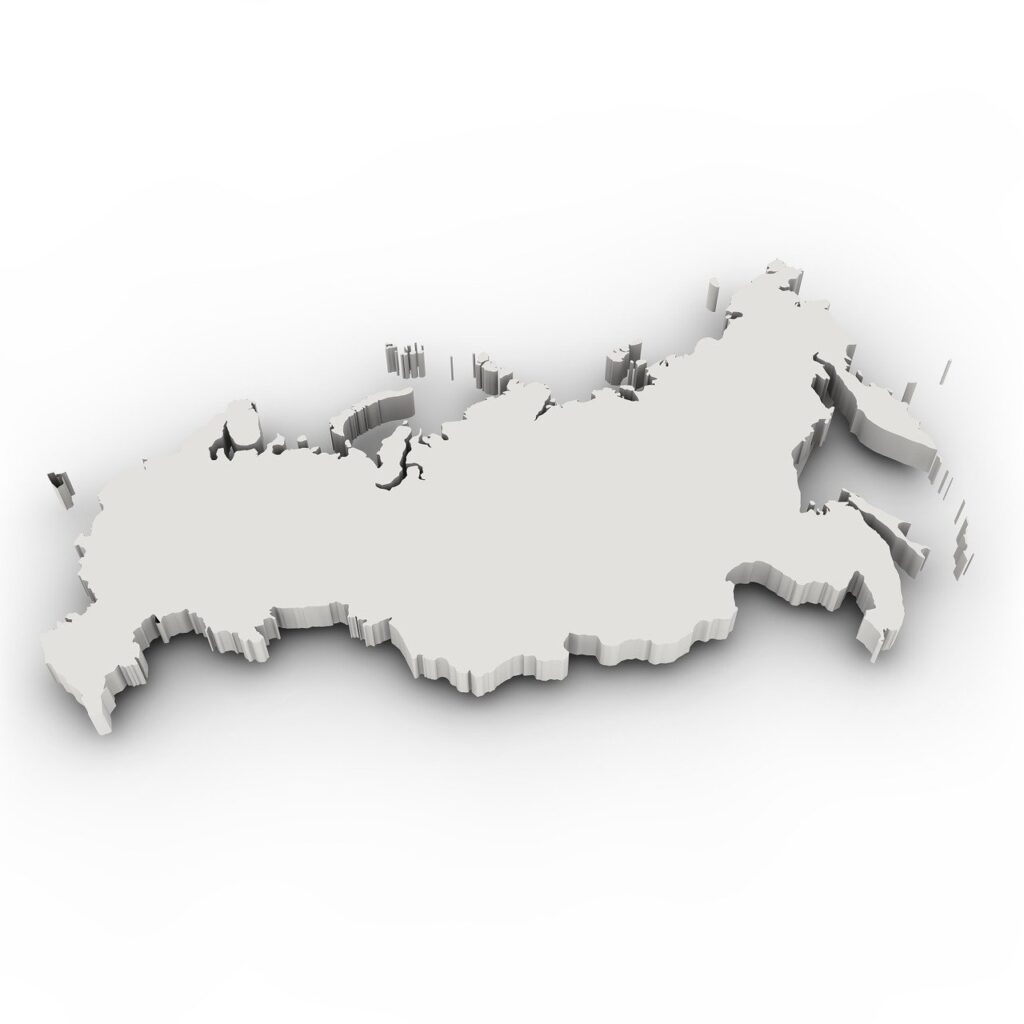Russia is facing a notable decline in its influence over several post-Soviet states, as countries in the Caucasus and Central Asia pursue greater independence, forge new alliances, and reduce Moscow’s military and economic presence, experts say.
Jeffrey Mankoff, a senior fellow at the Center for Strategic and International Studies, highlighted these developments in a recent analysis for Foreign Affairs, noting that “Armenia, Azerbaijan, Kyrgyzstan, and Tajikistan are signing agreements, pushing out Russian troops, and excluding Moscow from key diplomatic talks—all while Russian forces are tied down fighting in Ukraine.”
In early 2025, Kyrgyzstan and Tajikistan reached a border agreement over the contested Fergana Valley without Russian mediation. The two countries subsequently held a trilateral summit with Uzbekistan in March, signaling a move towards regional cooperation independent of Moscow’s traditional role as mediator.
In the Caucasus, the situation remains particularly fluid. In 2023, Azerbaijan reclaimed control over Nagorno-Karabakh, clashing directly with Russian peacekeepers. Following the conflict, Armenia and Azerbaijan agreed on a draft peace treaty that notably excludes foreign peacekeepers, further diminishing Russia’s security role in the region. Armenia has also begun diversifying its military suppliers, purchasing $1.5 billion worth of arms from India in 2022–2023 and seeking partnerships with Western and Indian defense firms.
Economic influence in Central Asia is increasingly shaped by China, whose trade with the region reached $94.8 billion in 2024, more than twice the volume of trade with Russia. Beijing is investing in infrastructure projects, including pipelines, railways, and ports, and has deployed paramilitary police to Tajikistan.
Read Jeffrey Mankoff on how the United States and Europe can help undermine Russia’s influence in the Eurasian interior: https://t.co/i2V73Xd1k8
— Foreign Affairs (@ForeignAffairs) July 28, 2025
Turkey’s presence in the region is also growing, with all Central Asian states except Tajikistan acquiring Turkish Bayraktar drones. In 2024, Turkey established a drone manufacturing facility in Kazakhstan and continues to train and advise regional militaries.
The rise of alternative transport corridors, such as the “Middle Corridor” rail link connecting China to Europe via the Caspian Sea, has further eroded Russia’s traditional dominance over Eurasian trade routes. Chinese container traffic on this route increased 33-fold between 2023 and 2024, according to analysts.
Despite these shifts, Russia retains some leverage through migrant remittances, nuclear energy projects led by state company Rosatom in Kazakhstan, and transit agreements involving Iran and Azerbaijan. However, Moscow’s exclusive control over the region appears to be weakening.
This evolving landscape was anticipated by analysts in 2023. The Kyiv Independent reported that Russian officials were concerned about losing their grip on periphery regions, as documented in a report by the Institute for the Study of War (ISW). The report highlighted Moscow’s growing challenges in maintaining influence amid rising regional autonomy and the involvement of other powers.
Russia is losing control over post-Soviet states.
Armenia, Azerbaijan, Kyrgyzstan, and Tajikistan sign deals, push out Russian troops, and cut Moscow from talks, while Putin pulls forces to fight in Ukraine, Jeffrey Mankoff for Foreign Affairs. 1/ pic.twitter.com/QNoOQHDd78
— Tymofiy Mylovanov (@Mylovanov) July 25, 2025
Mankoff summarized the trend, stating, “Putin wants suzerainty, but the region wants options. Every new drone sale, every new rail link, and every pipeline reduces Moscow’s monopoly and gives these states room to maneuver.”
As Russia remains engaged in Ukraine, the post-Soviet space is increasingly shaped by a more multipolar set of actors, complicating Moscow’s ability to assert control over its near abroad.

